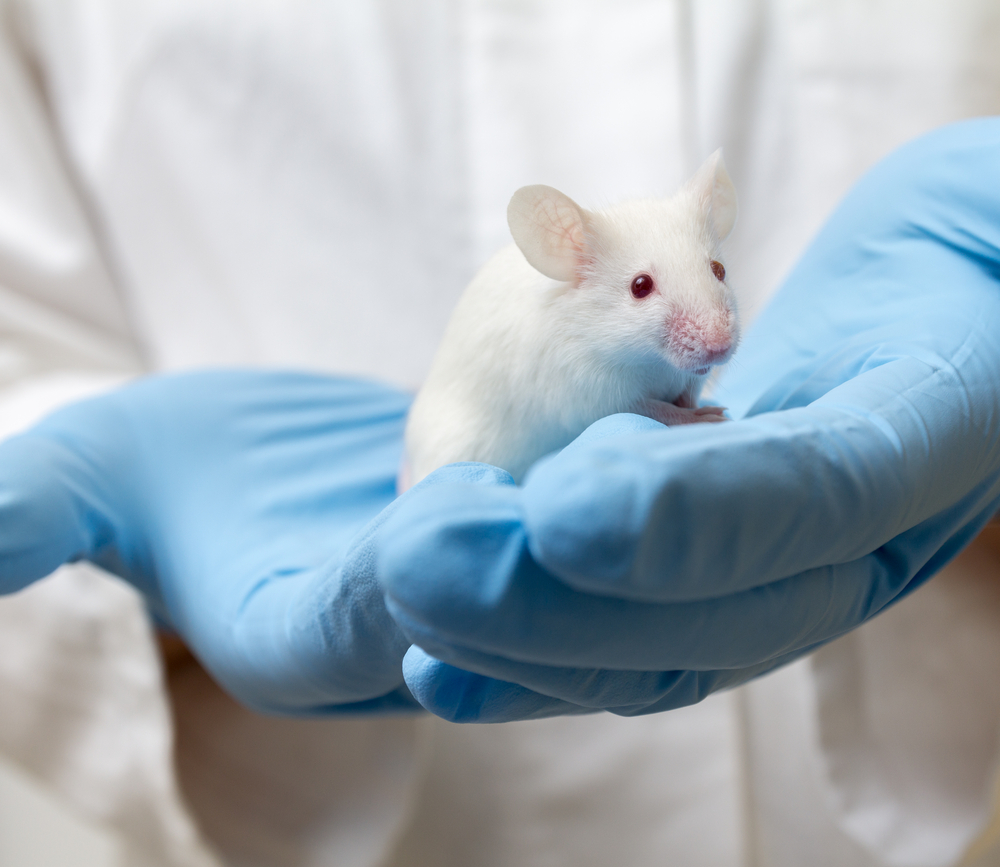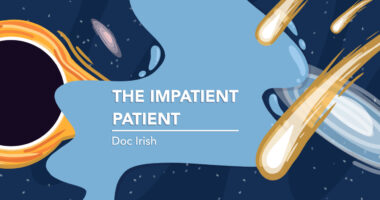Treating Stem Cells with Fasudil Eases Parkinson’s Symptoms in Mouse Model, Study Finds

Bone marrow stem cells treated with fasudil and administered via the nose (intranasal) to mice in a model of Parkinson’s disease led to evidence of better motor abilities and a reduced of dopaminergic neurons, a recent study from China reports.
These results suggest that fasudil’s use and intranasal delivery could lead to better stem cells treatments for Parkinson’s.
The research, “Intranasal Delivery of Bone Marrow Stromal Cells Preconditioned with Fasudil to Treat a Mouse Model of Parkinson’s Disease,” was published in Dove Press.
Stem cell therapy is a promising approach for various illnesses, but getting cells into the brain is a challenge. Current techniques like intravenous (IV) injection either fail to cross the blood brain barrier (BBB), while others are highly invasive, as with intraventricular injections (directly into the brain). The BBB, a semipermeable membrane that’s essential in protecting the brain from blood-borne threats like viruses, can also prevent treatments from reaching the brain and central nervous system — areas they need to reach to work as intended.
To understand whether a different route of stem cell administration would be more effective, researchers at Fudan University in Shanghai used bone marrow stromal cells (BMSCs). BMSCs are those stem cells derived from bone marrow that can differentiate into several types of cells, including neural cells.
These cells were delivered through the nose to mice engineered to develop symptoms that mimic Parkinson’s. Three experimental groups were treated: mice given intranasal administration of unconditioned BMSCs, those given BMSCs treated with fasudil, and those given BMSCs conditioned with an inert liquid called PBS, commonly used as an experimental control.
Fasudil belongs a class of molecules that enhances the growth and differentiation of stem cells, and has been shown to improve their ability to be grafted onto new tissue and survive transplantation. It is used in China and Japan to treat cerebral vasospasm (hemorrhage) and some types of stroke, but is not approved in the U.S. or Europe.
Unconditioned and fasudil-conditioned BMSCs migrated to the substantia nigra and olfactory bulbs within the animals’ brains. Dopamine-producing (dopaminergic) neurons die in both of these structures during Parkinson’s, contributing to disease progression.
Fasudil-conditioned stem cells effectively prevented dopaminergic neuron loss within the substantia nigra of treated mice, the researchers reported. This benefit was not observed in the other experimental groups.
Mere survival of dopaminergic neurons would do little to improve Parkinson’s symptoms without also making and releasing dopamine: a neurotransmitter essential for muscle and mood control. Mice treated with fasudil-BMSCs showed higher concentrations of dopamine and its metabolites, and a greater neurotransmitter release than either of the other two groups.
Fasudil-BMSC treatment also significantly reduced neuroinflammation and increased the release of BDNF, a signaling molecule important to neuronal cell survival. Neuroinflammation has been implicated in the progression of Parkinson’s disease, and controlling it eases many of its symptoms.
Behaviorally, mice given fasudil-treated BMSCs also had better scores on the Rotarod test, a common laboratory measure of motor function. In contrast, mice in the PBS control and the unconditioned stem cell groups showed no improvements in motor abilities.
Exactly how BMSCs travel from the nasal passages to the brain is not yet understood. But this study provides further evidence that such travel takes place, and treating cells with fasudil may be beneficial.
Its results also support fasudil-treated BMSCs being useful in several areas of future Parkinson’s therapy, including enhancing the survival of functional dopaminergic neurons, and suppressing immune and inflammatory responses.
If proven to work well in further studies, intranasal stem cell administration (perhaps through a spray) could be a convenient and non-invasive way of delivering stem cell therapy.






